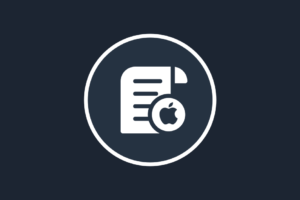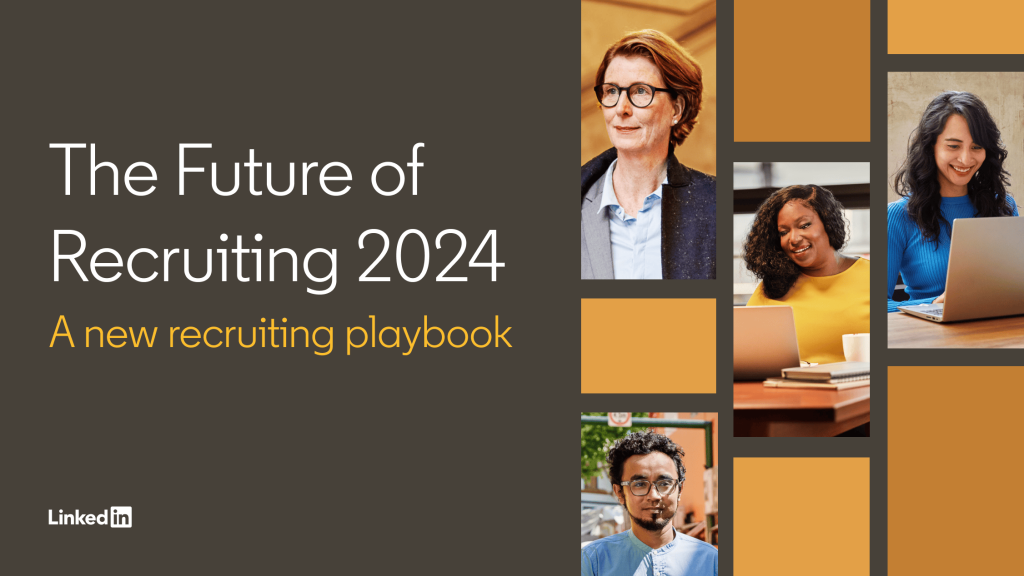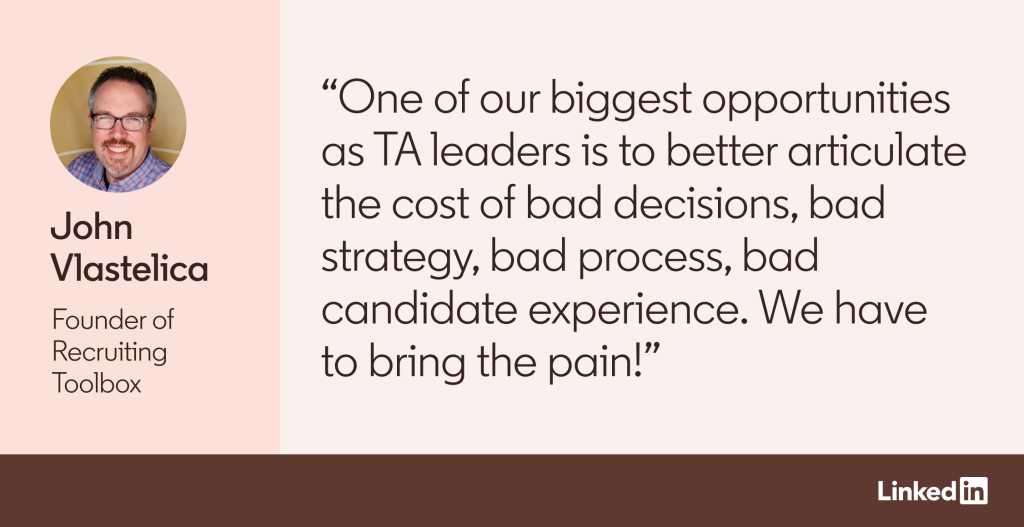Recruiters know better than anyone how remote work expands the available talent pool by allowing companies to hire individuals outside of their home base. Offering flex work options also helps companies improve their employer brand.
While recruiters don’t set remote work policies, they can demonstrate the importance of preserving flexible work arrangements by gathering data and sharing it with the C-suite.
“TA’s job is to show business stakeholders how the talent pool shrinks when we don’t think about flexibility, says Gregory Karanastasis, global head of talent acquisition at Accenture. “There’s going to be some goodwill built up for companies that have been consistent with flex policies.”
Final thoughts
In addition to these topics, the report also probes the rising importance of measuring quality of hire, the significance of building agile recruiting teams, and the challenges recruiters face in engaging and hiring Gen Z.
While these predictions may not play out exactly as described, we know one thing will remain true: Recruiters have the power to make meaningful contributions to their employer’s success and shape the world of work.
Acknowledgements and methodology
This report was informed by insightful interviews with recruiting leaders around the world, to whom we owe our sincere thanks, including: Isabelle Bastide at PageGroup, Angela Benjamin at Delta, Glen Goodman at ChenMed, Stacey Gordon at Rework Work, Jude James at UST, Gregory Karanastasis at Accenture, Hung Lee at Recruiting Brainfood, François-Xavier Mallet at Alstom, Bryan Mayo at Atlassian, Amy Schultz at Canva, Erin Scruggs at LinkedIn, Kristin Shulman at Booking.com, Mark E. Smith at Medtronic, Michael Smith at Randstad Enterprise, Nicky Vallelly at Google DeepMind, Troy Victor at Delta, and John Vlastelica at Recruiting Toolbox.
LinkedIn Research surveyed 1,453 recruiting professionals in management seniority roles or higher in addition to 498 hiring managers. This survey was conducted in six languages across 23 countries between October and November 2023.
Behavioral insights for this report were derived from the billions of data points generated by the 1 billion members in over 200 countries on LinkedIn today. Unless otherwise noted, all data reflects aggregated LinkedIn member activity as of January 1, 2024.
For the complete methodology, see the full report here.










